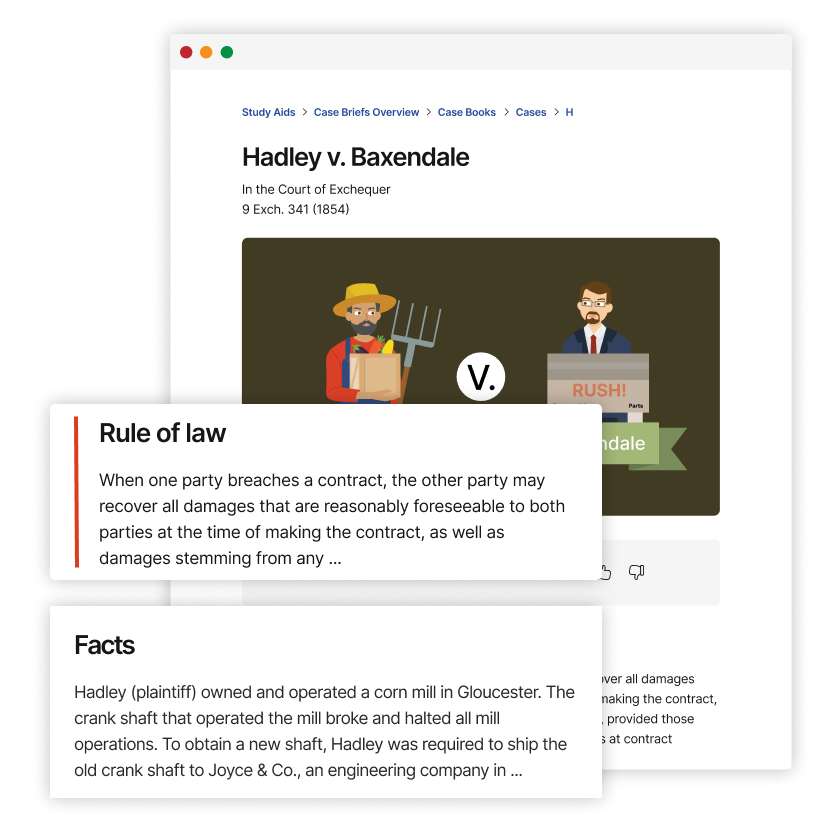In re E.B.
North Dakota Supreme Court
287 N.W.2d 462 (1980)

- Written by Katrina Sumner, JD
Facts
E.B. (defendant) was a 15-year-old boy who admitted to committing the unruly act of truancy during the 1977-78 school year. E.B. admitted being truant during his involvement with an informal adjustment in May 1978, and he was placed on probation by a juvenile supervisor. E.B. lived with his mother, but she had a hard time controlling E.B., and he did not obey her. For the 1978-79 school year, E.B. had already missed 18 days of school between September 1978 and the end of January 1979. Six of these absences were unexcused. School officials recognized the developing pattern. Therefore, a petition was filed alleging that E.B. was an unruly child because he had been truant from school habitually and without justification. North Dakota law § 27-20-02(4) stated that an unruly child was one who was truant from school habitually and without justification. E.B.’s lawyer moved for dismissal on the ground that § 27-20-02(4) was too vague. The juvenile supervisor did not grant dismissal and classified E.B. as an unruly child. A district court affirmed, and E.B. appealed to the North Dakota Supreme Court. On appeal, E.B. argued, among other things, that the juvenile court’s ruling should be reversed because the terms habitually and without justification were too vague to provide a sufficient standard for courts to apply § 27-20-02(4), in violation of due process.
Rule of Law
Issue
Holding and Reasoning (Pederson, J.)
What to do next…
Here's why 899,000 law students have relied on our case briefs:
- Written by law professors and practitioners, not other law students. 47,000 briefs, keyed to 994 casebooks. Top-notch customer support.
- The right amount of information, includes the facts, issues, rule of law, holding and reasoning, and any concurrences and dissents.
- Access in your classes, works on your mobile and tablet. Massive library of related video lessons and high quality multiple-choice questions.
- Easy to use, uniform format for every case brief. Written in plain English, not in legalese. Our briefs summarize and simplify; they don’t just repeat the court’s language.




